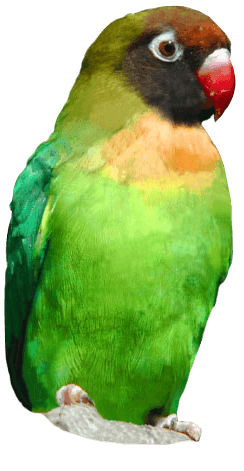
Guest Post: What's living in our Ponds?
PUBLISHED 19/10/24
Guest post from Tim Davies, our volunteer and member of our Native Species Conservation Committee

At Drusillas, we're not just committed to the conservation of the animals we care for, we also want to make a meaningful contribution to preserving native British and Sussex wildlife too. So, earlier in the year, staff created Native Species Conservation Committees and planned projects throughout the year to learn more about the native wildlife and plants that inhabit our diverse site, and provide valuable data to help ensure their future survival.
The first project was some pond dipping, as part of BIAZA's (British and Irish Association of Zoos and Aquariums) Spotted on Site Bioblitz campaign, created to encourage zoo staff to get out there and record observations of native wildlife. In this guest post, one of our volunteers, Tim, shares his experiences of the day and reveals just what is living in our ponds:

"BIAZA's Bioblitz campaign was about working together to identify the biodiversity of native plant, fungi and animal species within a particular area. In our case, we were specifically looking at identifying species within some of the ponds and other watery areas within the zoo. This involved a process known as ‘pond dipping’, where a net is trailed in the water and then emptied out into a tray so that the animals caught can be observed, photographed and recorded (and, of course, subsequently released!). The results were recorded on the iNaturalist app and tagged as part of the Drusillas Park project within the app.
"The results were tremendously exciting. Within the three ponds that we tested, we found great pond snails, mayfly and damselfly nymphs, a newt tadpole and a water hoglouse. However, the results were limited, possibly because fish have been living in one of these ponds for many years, and will predate some of the species that we were looking for."

"By far the best results came from the moat which flows across the front of Lemurland. Here we found numerous types of damselfly nymphs, alderfly nymphs, a freshwater shrimp and another newt tadpole, as well as water boatmen and whirligig beetles. In addition, we observed two enormous dragonfly nymphs which, given that dragonflies spend the majority of their lives as nymphs, could have been up to 5 or 6 years old! Perhaps the most exciting discovery was an adult palmate newt, which was quite unexpected, as they are rarer that the smooth (or ‘common’) newt.
"All-in-all, a very enjoyable and productive event. Our keepers and volunteers really enjoyed the pond dipping and seeing the wildlife. 50 species were recorded on site during the week, and we hope to see a marked increase in this number over the coming year."

We'll be sharing more of the Committee's activities throughout the year and remember, our visitors can help us too! All you need to do is download the iNaturalist.org app, and when you next visit keep your eyes peeled for the beautiful butterflies, bugs, and blooms. Snap a photo of them and add them to the Drusillas Park observation project below, to be part of our conservation team.




